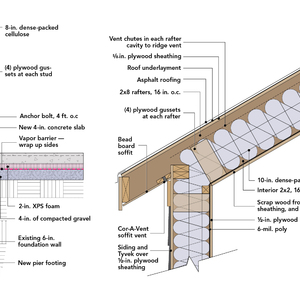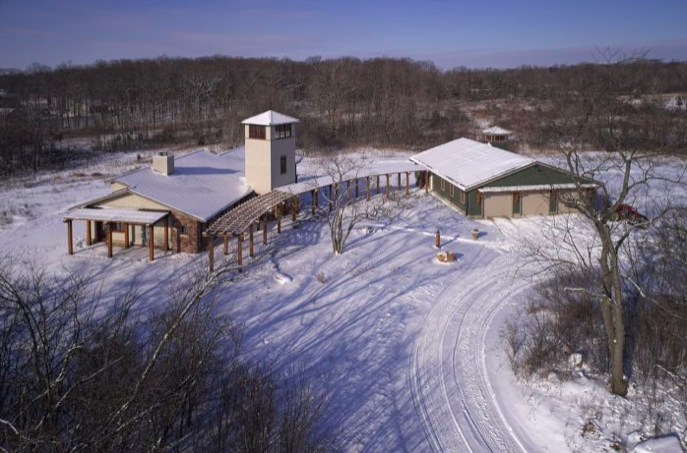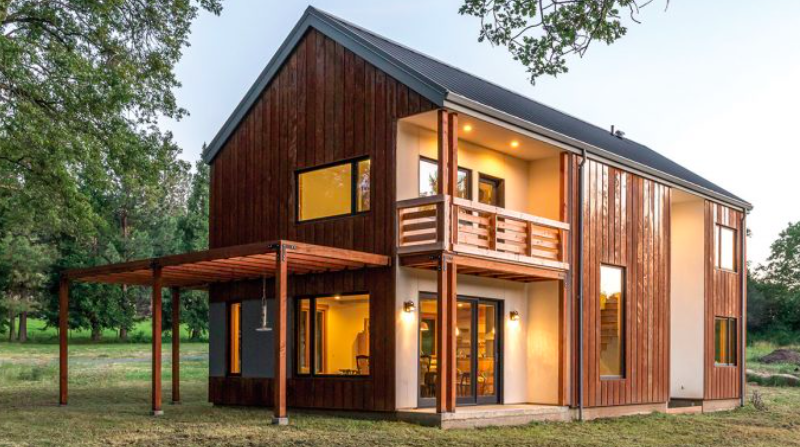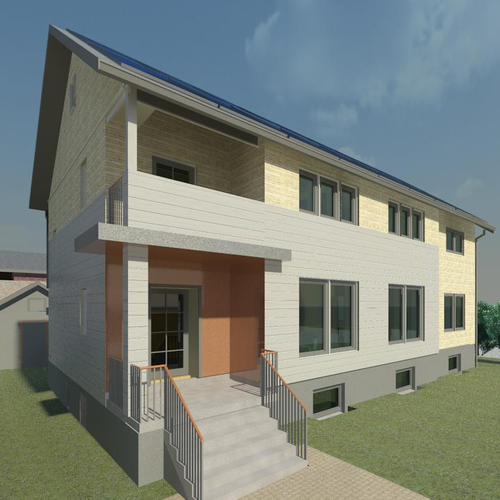
Readers who post a question in GreenBuildingAdvisor’s Q&A forum typically look for advice on very specific building problems. Whether the challenge is detailing a rainscreen, selecting windows with the right solar heat-gain coefficient, or using thermal mass to store solar energy, the focus is usually narrow and technical.
And that appeared to be the intent of John and Rebecca’s recent post asking for comments on a set of house plans. “In terms of thermal bridging, heating, etc., is there anything you would do to improve them?” John asks. “Because my wife and I are thinking of building, and we like the ideas presented in these plans.”
But the conversation quickly takes a different turn, veering into unfamiliar territory and becoming a discussion of much more esoteric concerns. What makes a house comfortable? When should livability trump energy efficiency? How small is too small?
None of those questions has a yes-or-no answer, but their complexity goes to the heart of a fundamental dilemma about green building: Will we actually like living in the house we’ve worked so hard to create?
Practical, maybe, but not livable
David McNeely bores right into the basic layout of this 1,250-sq.-ft., three-bedroom house. “In terms of living,” he says, “the placement of the one bathroom requires every bedroom occupant to traverse the most public spaces, then walk past exposed utilities! The reward is a tiny bathroom. Reminds me of houses that were first converted to indoor plumbing, where the only comparison was an outhouse in the back.
“One of the greenest things a builder can do is create a building that will live a long time,” he adds. “Designing a livable space is fundamental. Creating a space that makes people feel good to live in has a payback that is…
Weekly Newsletter
Get building science and energy efficiency advice, plus special offers, in your inbox.

This article is only available to GBA Prime Members
Sign up for a free trial and get instant access to this article as well as GBA’s complete library of premium articles and construction details.
Start Free TrialAlready a member? Log in















4 Comments
Green Design and house size
@ Ann: "like"
As an architect I get to see the non-green ramifications of poor design. many if not most of my clients in recent years come to me with an existing house, usually in the 1500 to 2000 square foot range and complain bitterly about how they are expecting their first child and how can they possibly fit into this house? Usually it is more a problem of the design of the original floor plan rather than actual square footage. I do a lot of biting my tongue. I suppose that being an architect, I should get used to dealing with a class of people who require big houses as well as the societal expectation of a big house. Rant aside, my point is that the actual size of a house is, in the long run, secondary to the livability, not just of the current users but for many generations.
Claustrophobia and what you do
Surely people can live in very small houses; look at the log cabins used for centuries and still in use. Tiny, by today's American middle class standards. But, you can only pack so many rats into a cage and tempers start to flare, especially if the winters are long and dark. People need to consider their temperament and what they'll do in the house, too. Does the thought of splunking make you cringe? What kind of hobbies do you have? Will your significant other like your recumbent bike, weights, and punching bag in the living room? Where are the reloading table and supplies going to go? The gun safe? The inflatable raft? The tools? If you're a passive group, the place can be small and still tidy. But if you are a very active group in a 1200 sf house, you'll have to have small, multi-purpose rooms and/or agree to live in clutter. (I get to see our dining room table at holidays; the rest of the time it is covered w/ fabric and assorted tools.... or beads....) "Stuff" takes up room. A one-man tent is fine for sleeping, but what if it rains or blows hard day after day and day? Can you deal with that?
Right on the money
This article hits a point most folks have been missing when it comes to sustainable design. It is all about the book I have intended to write for years but have not got around to. A house must be wanted to be sustainable. Crappy architecture does not stand the test of time and sustainability is all about durability. If a house is decorated and space planned to the current fad, it will go through a costly (in both economic terms and waste stream) remodels in the future.
Design and build a comfortable, beautiful, timeless home from the beginning and it will be sustainable. Simplicity is the key, use the sun for heating and cooling, simple, local materials, make it a work of art. The Navajo say, "walk in beauty".
Home Remodeling Information
Thanks for a very thought provoking article. Green remodeling, as well as green building, focuses on ways to improve energy efficiency, repurpose and maximize space, and using environmentally friendly materials, but as you point out, there is more to it than that. People don’t want to be the poster children for “green living” so much as they want a greener home to live in without sacrificing what they also want in a modern home: convenience. This often means two or more bathrooms, plenty of closets, and rooms designed for family living. Good design in green remodeling or construction can give people what they want in a smaller, efficient space.
Log in or become a member to post a comment.
Sign up Log in